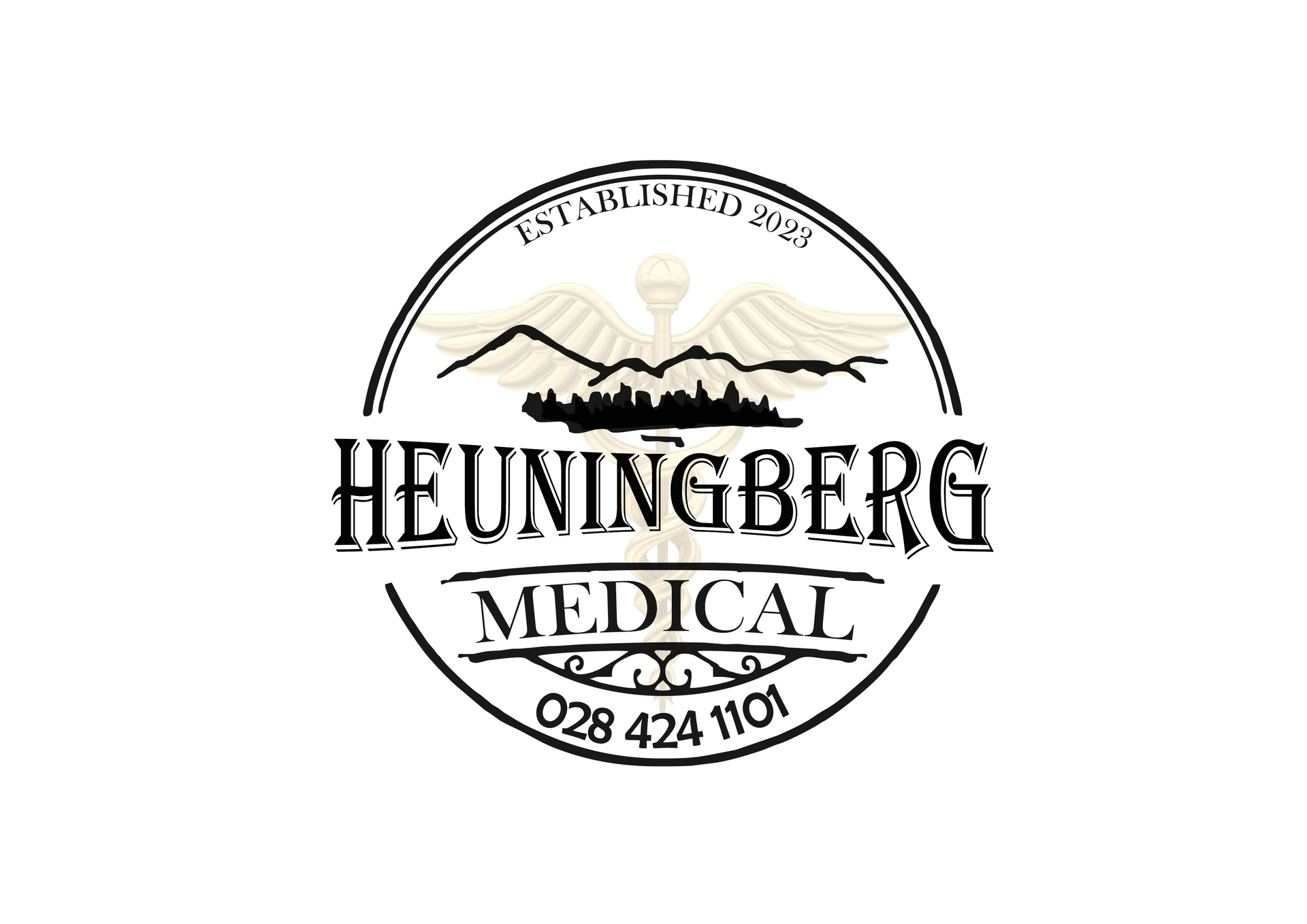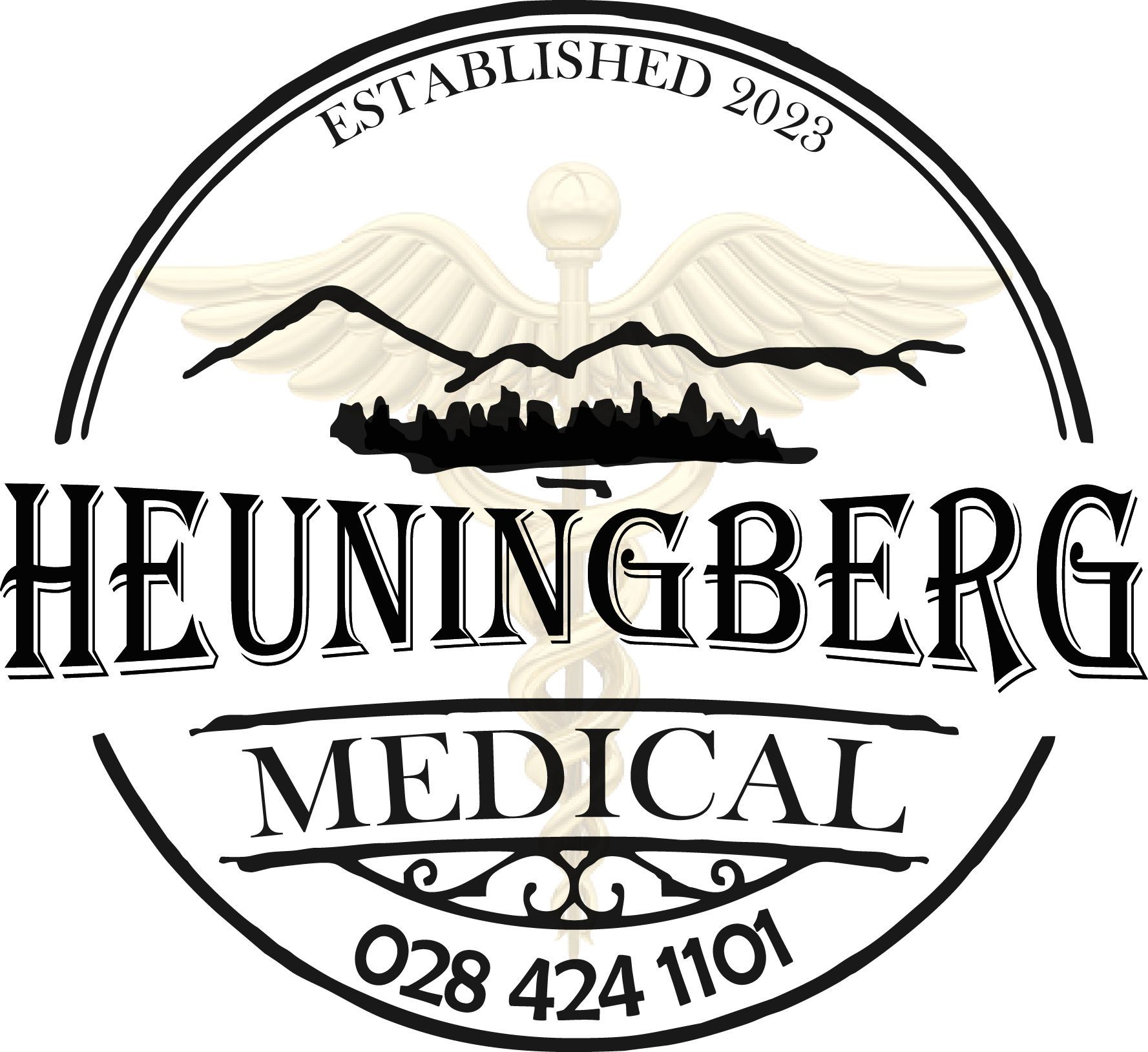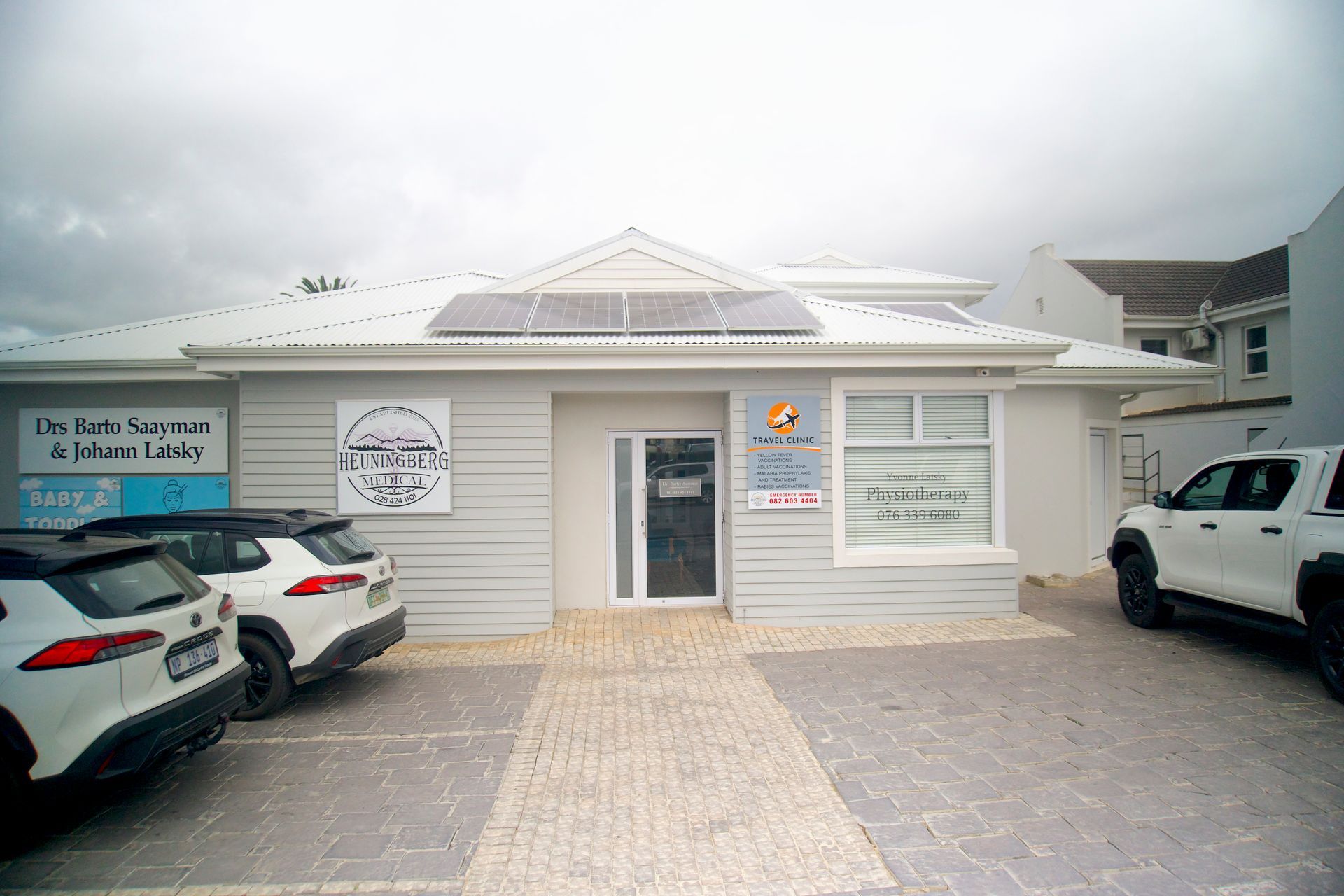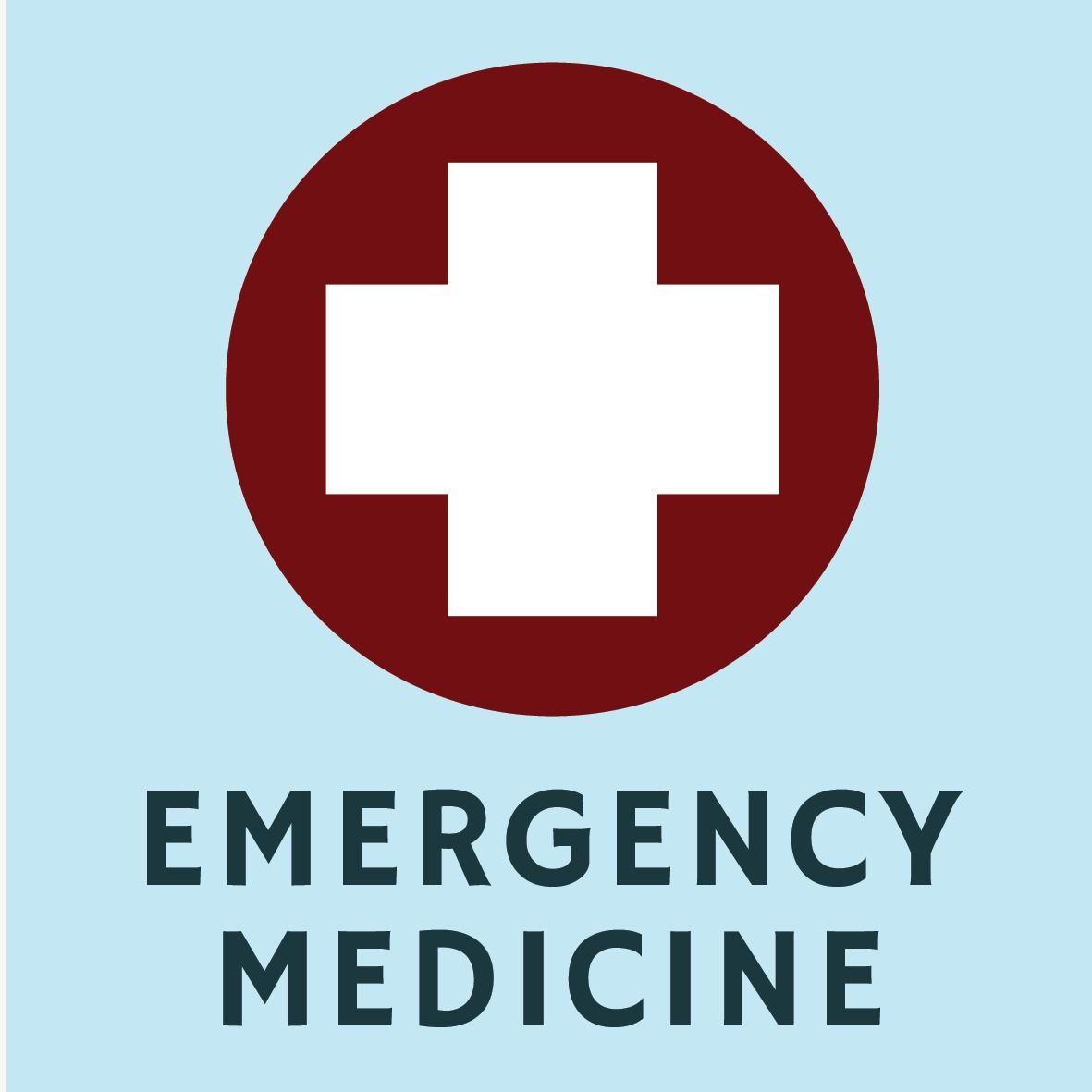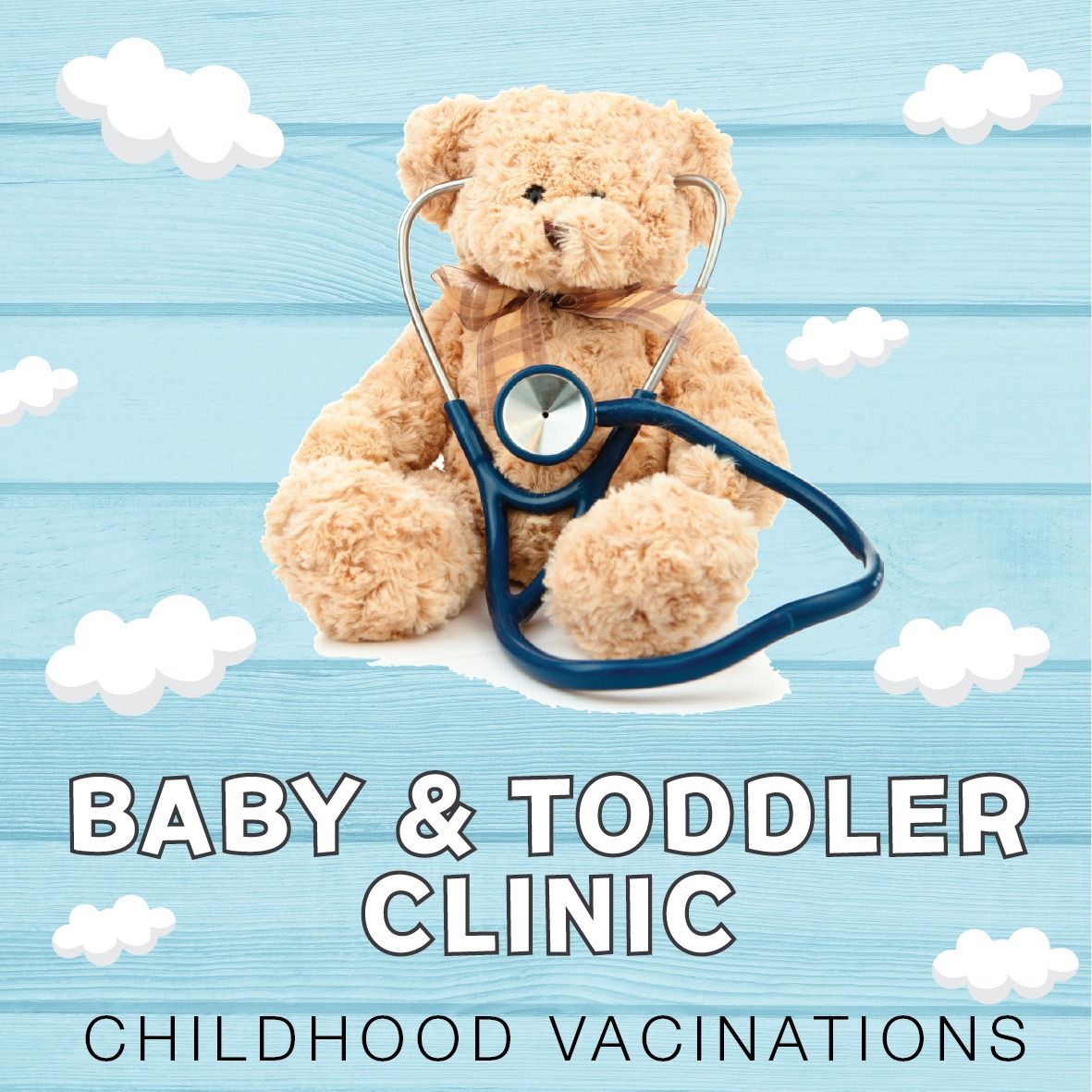Understanding Medical Aid in South Africa: A Simple Guide for Patients
Healthcare is one of the most important investments you can make in yourself and your family.
In South Africa, medical aid plays a key role in making healthcare more accessible, reliable, and affordable when you need it most. Yet for many patients, the world of medical aid can feel confusing or overwhelming. This guide aims to simplify the basics, so you feel confident about how medical aid works and how it supports your health journey.
What Is Medical Aid?
Medical aid is a form of healthcare funding that helps cover the costs of medical treatment. Instead of paying the full bill yourself every time you see a doctor, get admitted to hospital, or need medication, your medical aid scheme steps in to cover some — or most — of those expenses, depending on your plan.
Think of it as a membership: you contribute a set monthly amount (your premium), and in return you gain access to a package of healthcare benefits when you need them.
What Does Medical Aid Usually Cover?
Coverage differs from plan to plan, but most medical aid options include:
Day-to-Day Benefits: GP consultations, prescribed medication, basic dentistry, and eye care.
Hospital Cover: Costs associated with hospitalisation, surgery, or emergency treatment.
Prescribed Minimum Benefits (PMBs): A set of essential treatments (for chronic conditions and emergencies) that all medical aid schemes are legally required to cover.
Chronic Care: Management of long-term conditions like diabetes, hypertension, and asthma.
Many schemes also support preventive care — such as screenings, vaccinations, and wellness check-ups — to help keep you healthy in the first place.
Why Is Medical Aid Important?
South Africa has both private and public healthcare. While public healthcare is more affordable, it can sometimes involve long waiting times or limited access to certain treatments. Medical aid gives you access to private healthcare facilities, shorter waiting times, and often a broader choice of doctors and specialists.
It’s about peace of mind: knowing that if something unexpected happens, you won’t have to face the stress of huge medical bills alone.
How Does Payment Work?
- You pay your monthly contribution to your chosen medical aid scheme.
- When you visit a doctor or go to hospital, the bill is either paid directly by your medical aid (in-network providers), or you pay upfront and claim back.
- Some treatments may require a co-payment — a smaller amount you contribute, while medical aid covers the rest.
This structure helps spread the cost of healthcare across many members, so that it’s more affordable when you need it most.
Choosing the Right Plan
There is no one-size-fits-all medical aid. Families with children, young professionals, and retirees will all have different healthcare needs. When choosing a plan, consider:
- How often you and your family visit doctors.
- Whether you need chronic medication.
- Your preferences for private hospitals and specialists.
- Your monthly budget for contributions.
A trusted healthcare professional or financial advisor can help you navigate the options.
Final Thoughts
Medical aid isn’t just about covering illness — it’s about protecting your future, supporting preventive health, and ensuring you and your loved ones can access quality care when it matters most.
At Heuningberg Medical, we’re here to help you make the most of your benefits and guide you through any questions about your medical aid. If you’re unsure what your plan covers, or how to claim, feel free to ask during your visit — our team is always happy to assist.
